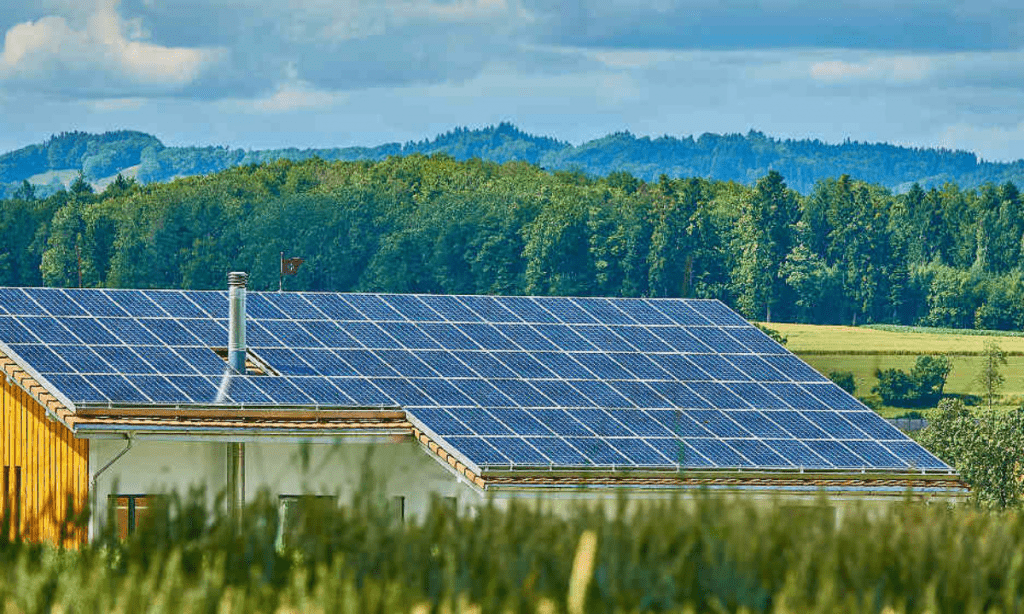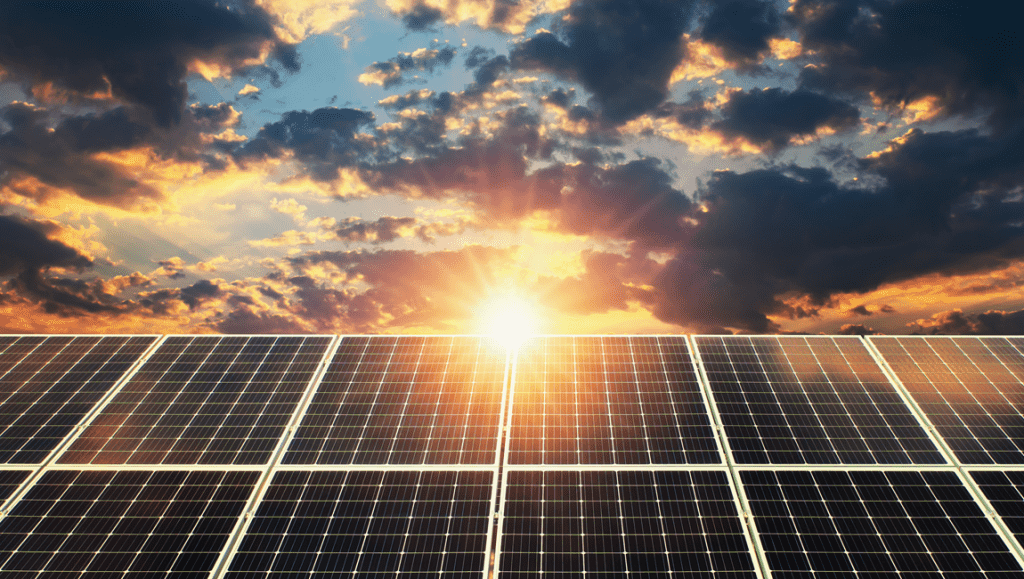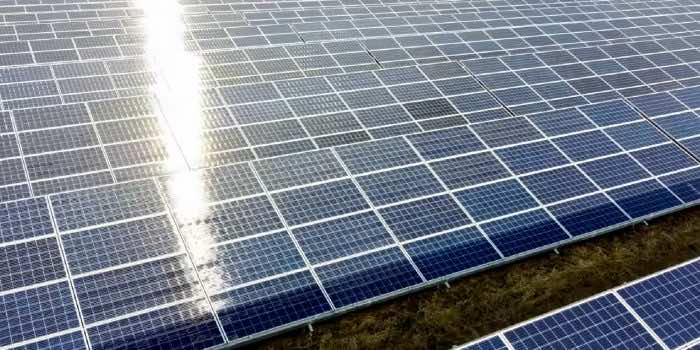This time, the Youtuber, Matt Ferrell, takes a dig at this fascinating new development that is certainly a long shot in the world of solar technology. This super cool innovation has brought us one step closer to harnessing efficient solar energy. The invention aims at supercharging solar panels by concentrating all the light energy on the panels without the use of any moving parts, thus increasing the efficiency of generating energy through solar panels. The team behind this invention is a group of Stanford researchers that have really done an amazing job. They have also made solar panels capable of harnessing energy even on cloudy days. Watch the video embedded below to get more insights!
Ferrel has been renowned for keeping track of different solar technologies and how they have evolved over the decades. In this video, he has discussed both the advantages and downsides of incorporating solar tracking systems and how the tilting angle affects efficiency. Basically, conventional and current solar panels focus on gathering sunlight from the most optimal position. They have sensors installed in them that direct their movement towards the position where they can get as much sunlight as possible. However, the downsides of this method have been discussed in the video, and one of the most prominent is that the integration of sensors makes the whole process really expensive.

However, researchers have come up with this new technology known as “concentrated Photovoltaics,” or CPV, that converts light energy into electrical energy. However, the difference lies in the mechanism to concentrate sunlight with the use of an optical system. The system enables the cells to concentrate sunlight on a small hole and, as a result, generates more electrical power than conventional systems. What’s more, the technology uses lenses or mirrors specifically to concentrate sunlight and is usually titled in the position of the sun in order to get as much energy into the cell as possible.

The optical system used in these solar cells contains “multi-junction solar cells,” which are usually a group of three cells connected in series. Each layer of these solar cells is subjected to attracting a different wavelength of light, and collectively, the system can generate 40% more energy than conventional ones. In addition to this, all of this can be achieved without the movement of any part that could otherwise hamper the performance parameters and can contribute to maintenance costs. Hence, we can clearly say that the system is more energy efficient than the previous versions. Watch the video above if you want to know more about this technology!


